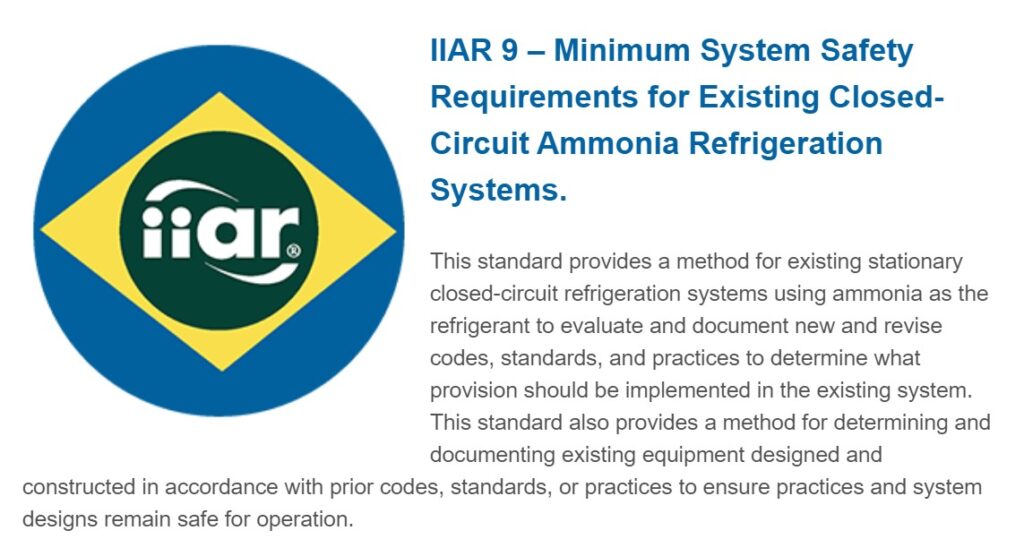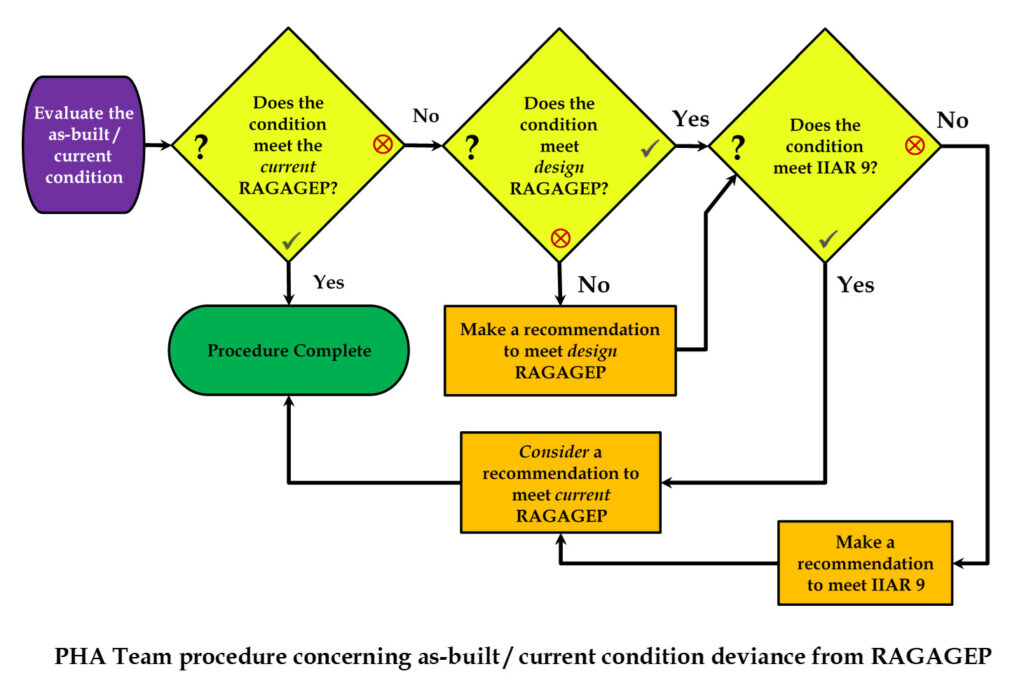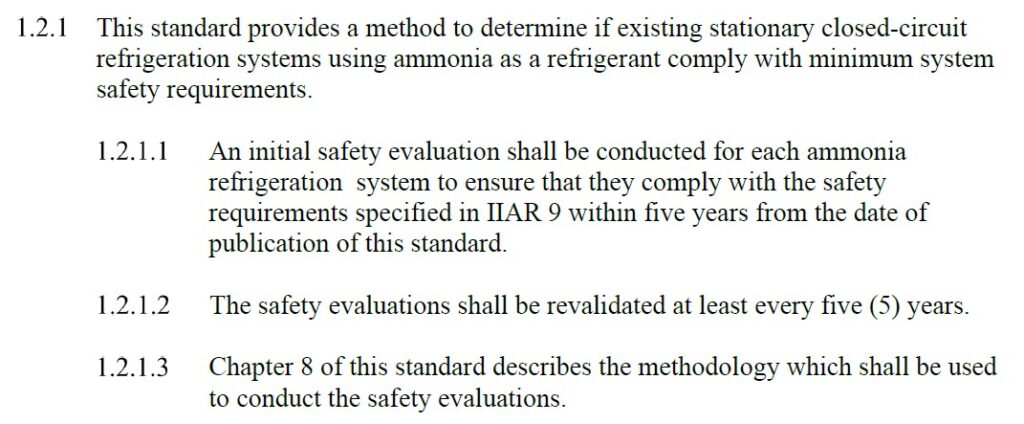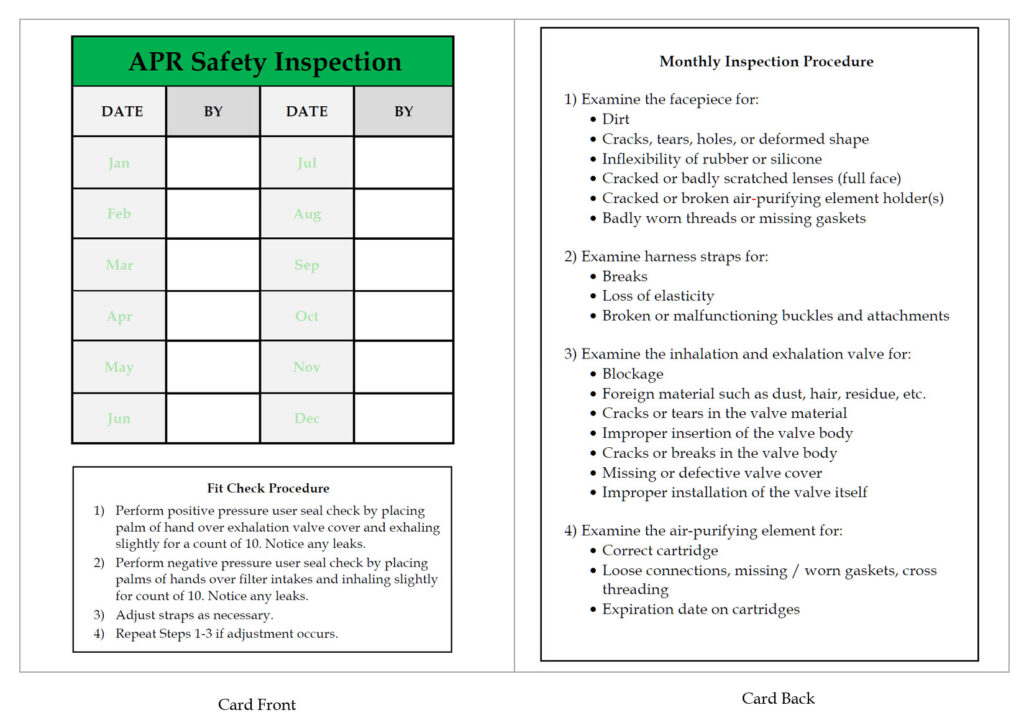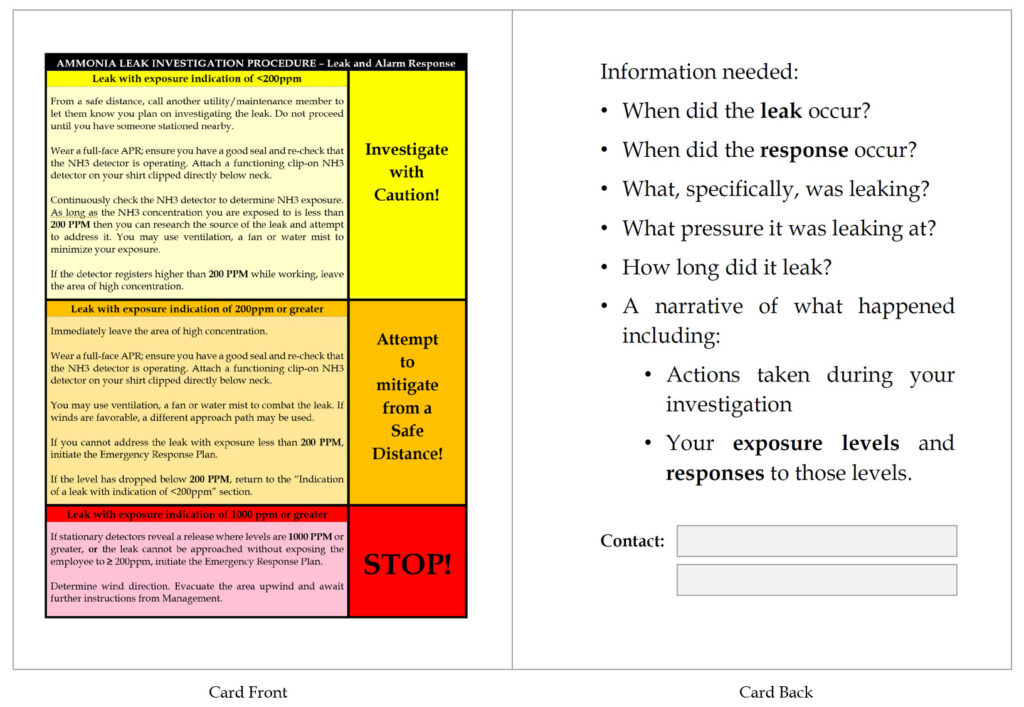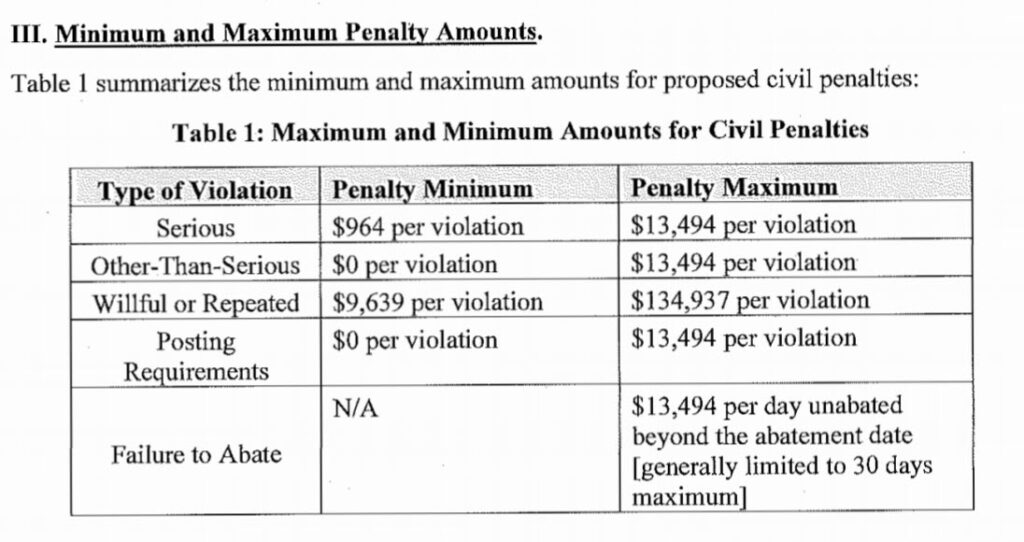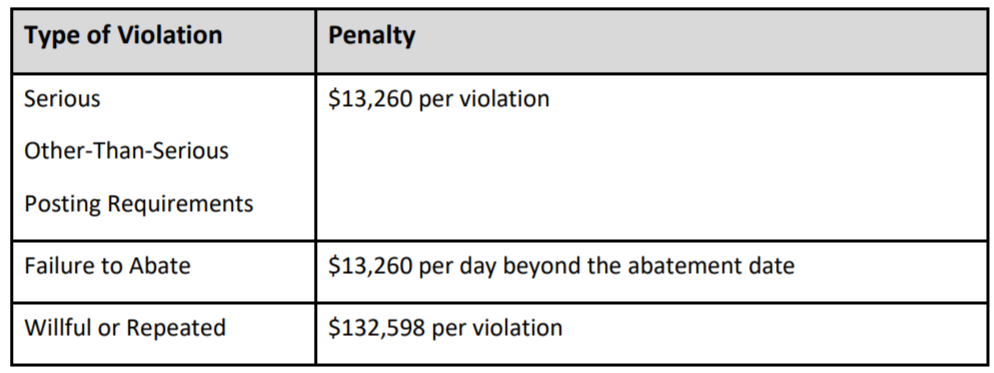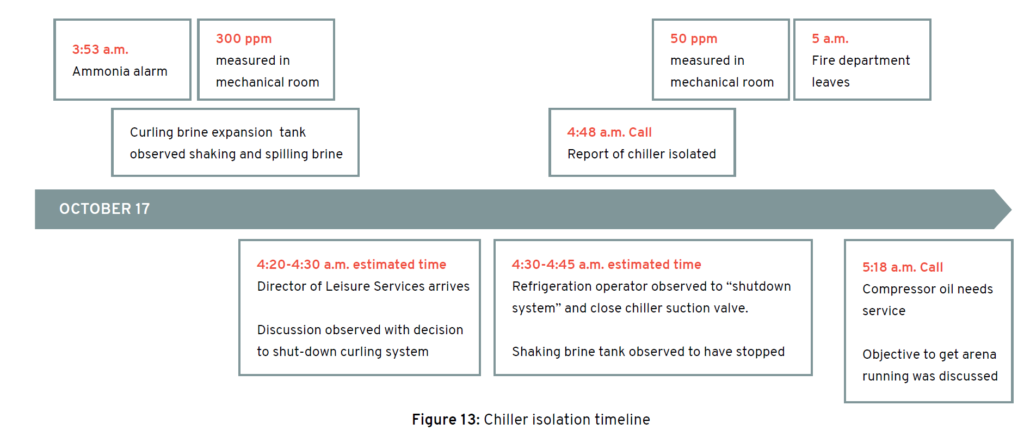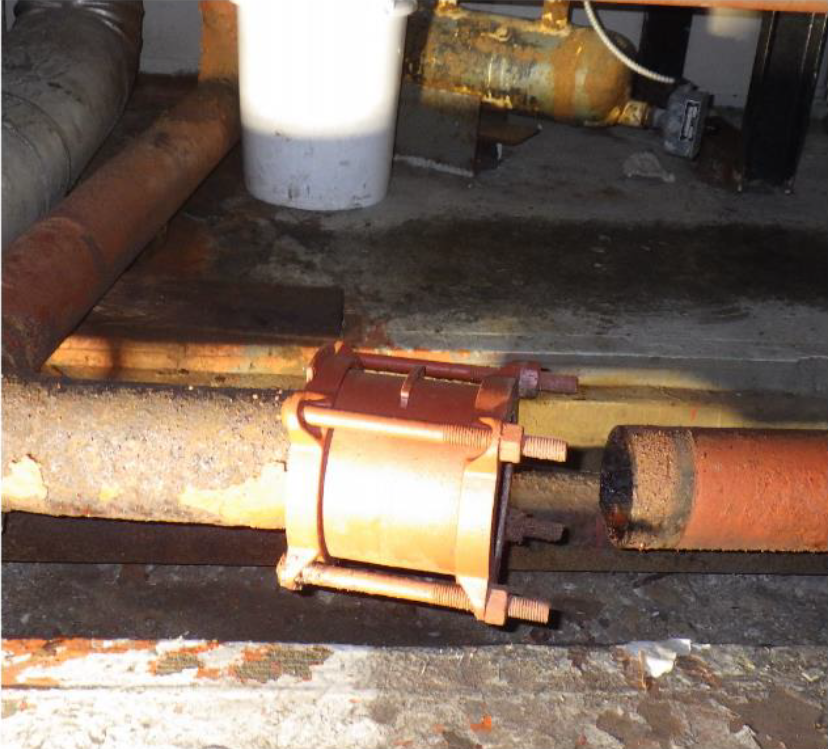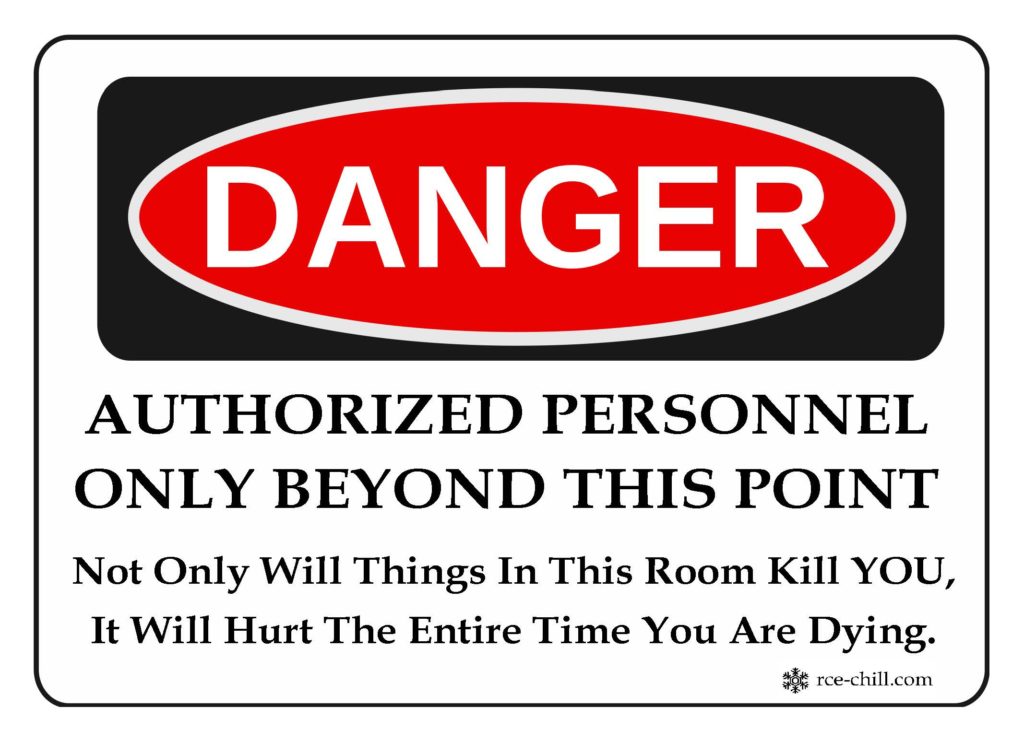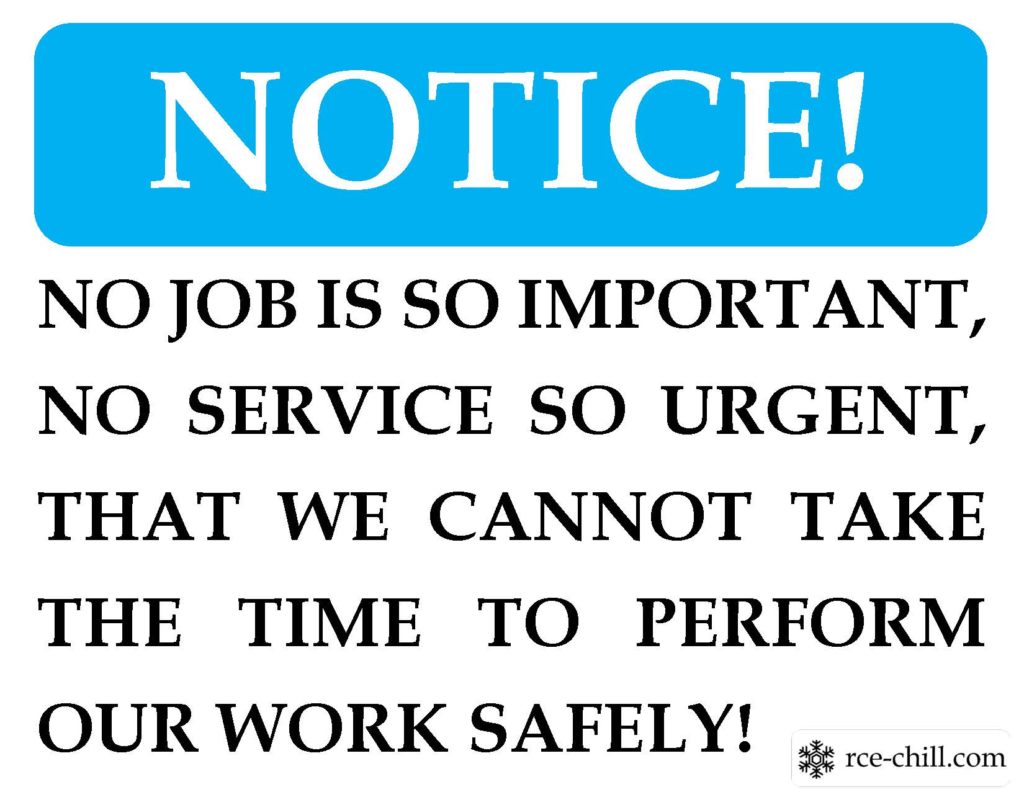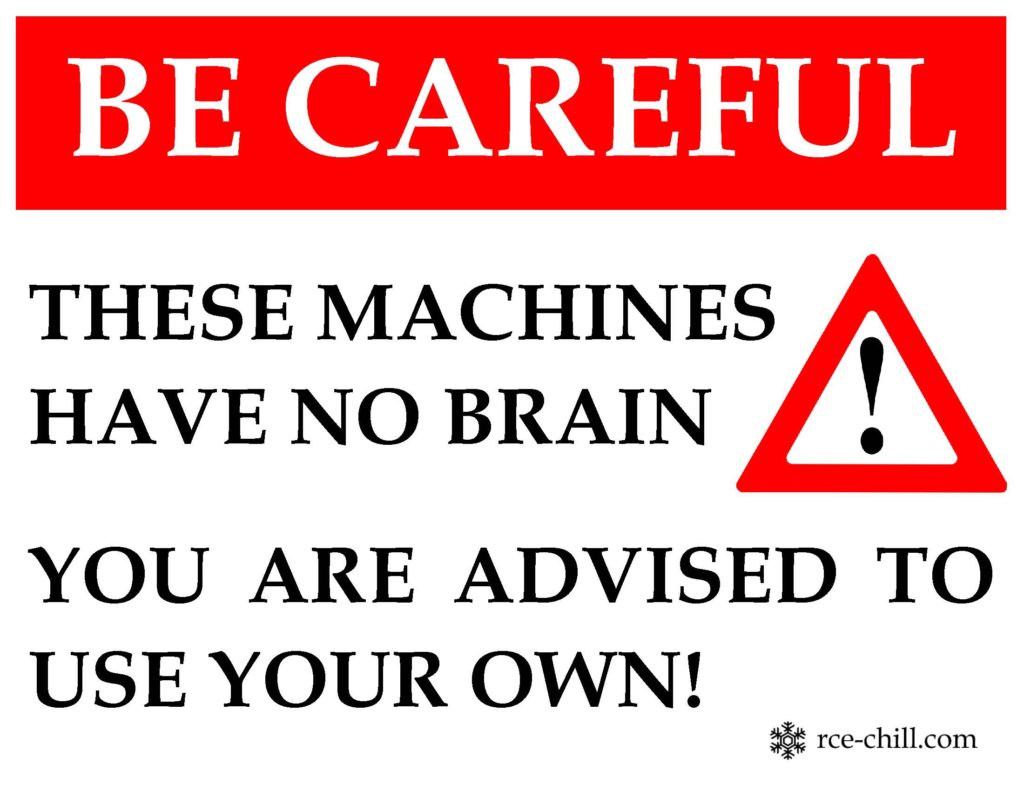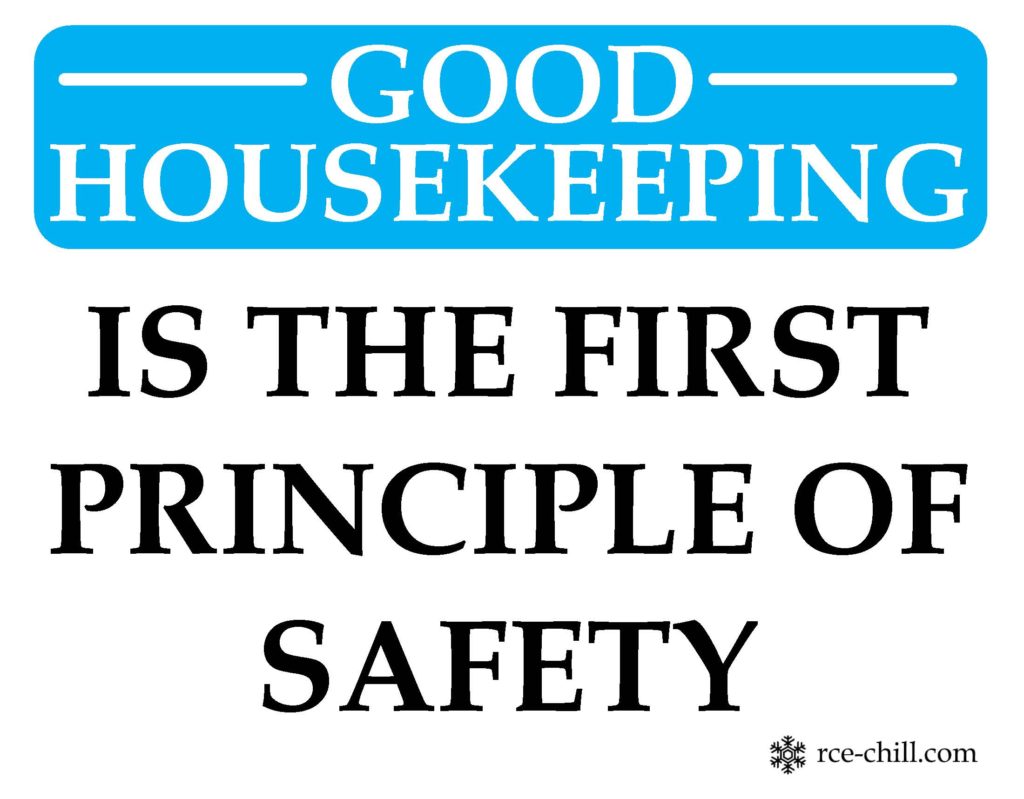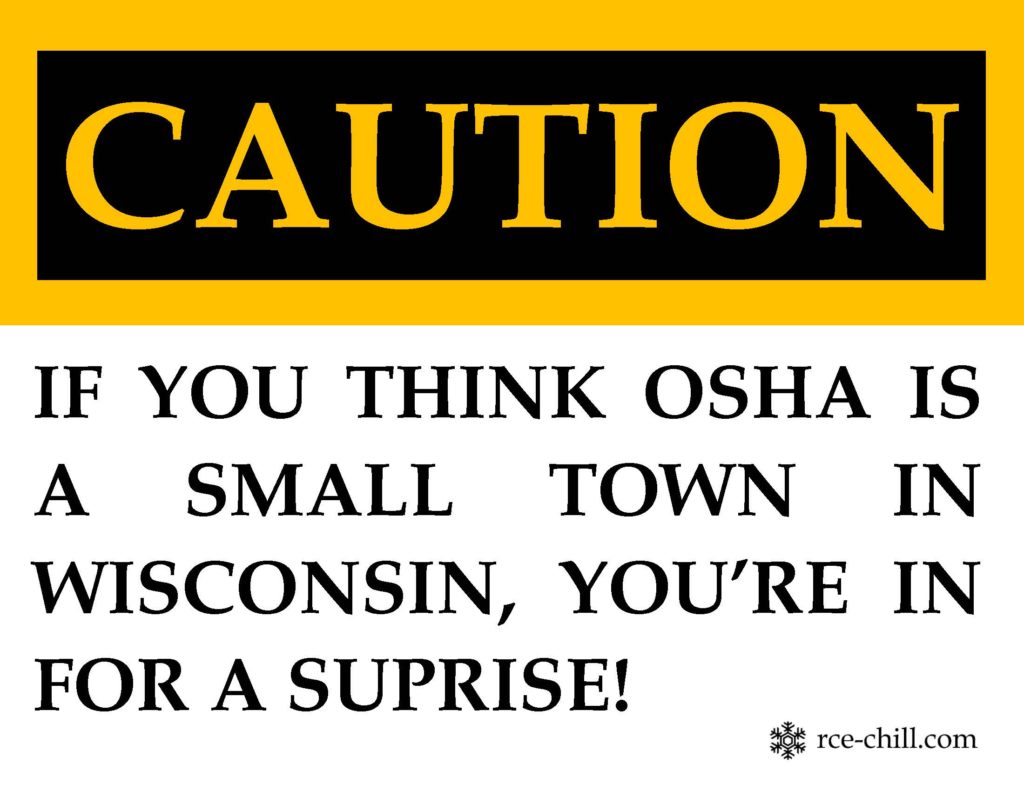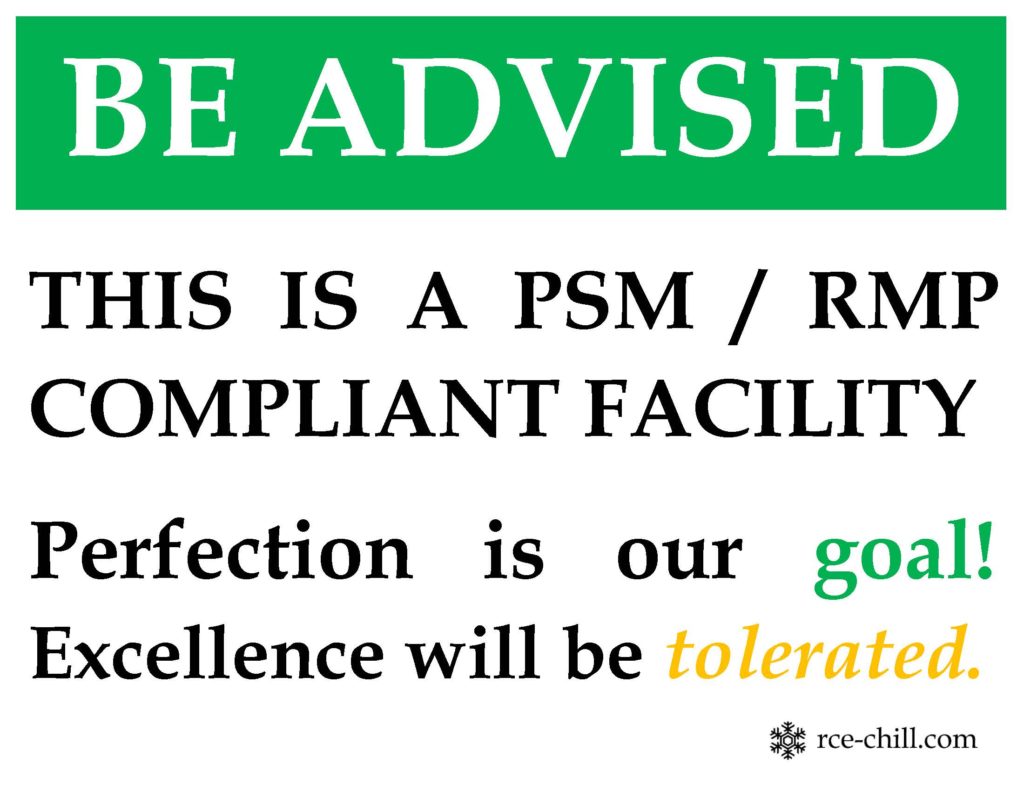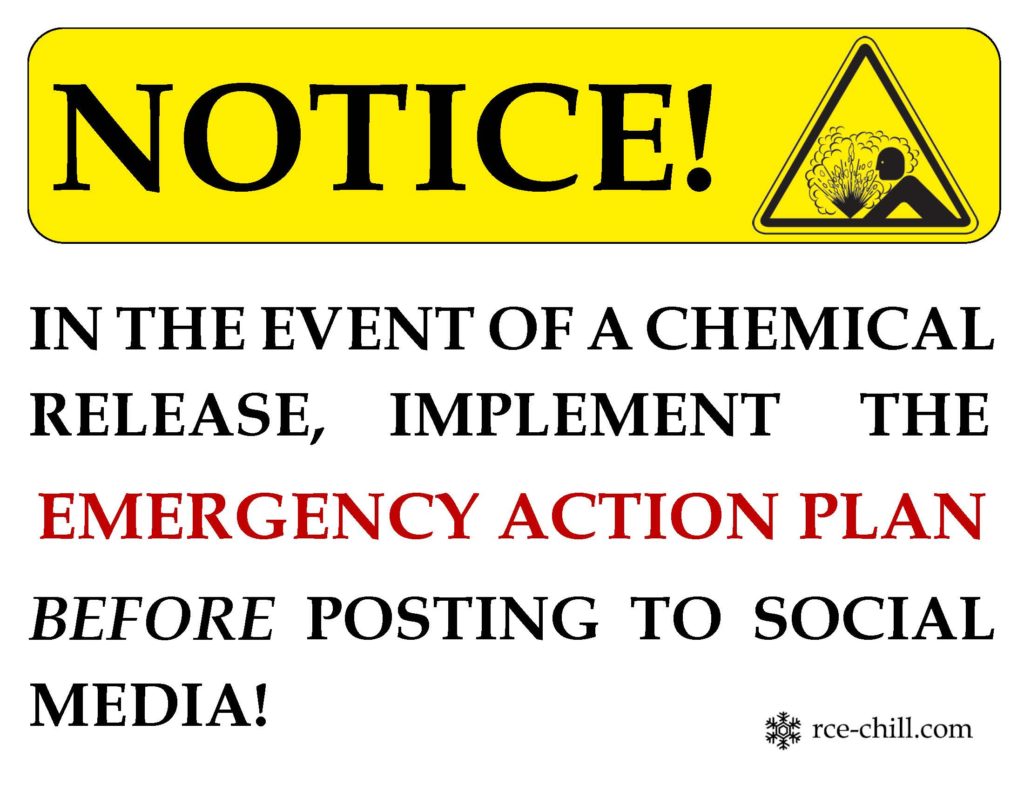Nearly 3 years ago we posted an answer to the question “What training does my refrigeration operator need?”
In our experience, to get a good understanding of the Overview of ammonia refrigeration – the fundamentals of how it works – facility provided one-on-one hands-on training is the most effective training approach. This is the approach used for the vast majority of the skilled trades and it is proven effective. Unfortunately, if you don’t already have in-house expertise, there’s nobody to provide the training! A facility lacking on-site talent to act as trainers is when 3rd party providers can provide some value.
We’ve been getting a lot of questions lately centered around getting the best “bang for your buck” when using outside training providers. This post is solely about operator training. That is, the training we need to provide for our refrigeration operators that can be done by outside training providers – Process Safety training will be addressed briefly at the end.
If you don’t already understand that the training these providers offer is usually only going to address a small portion of the overall PSM training requirements, please read “What training does my refrigeration operator need?” before proceeding. I’ll reinforce a key point from that post though: The standard classes offered by most ammonia “schools,” even if they are done properly, only address a portion of the training burden – a small piece of the Overview of the Process requirement. You cannot send your personnel off to some 4-day class and get a qualified operator in return. (Buying a laminating machine doesn’t give you any authority to certify operators, but that’s another post. If you want credentials that matter, go to RETA)
We’re going to answer this question in three parts:
- What kinds of programs are there?
- What are the benefits and drawbacks of each training approach?
- What training approach do we recommend?
What kinds of programs are there?
Broadly speaking, the available options break down into three groups:
- Self-directed
- Instructor based ON-site
- Instructor based OFF-site
Self-directed: You give your employee access to refrigeration books (such as the excellent RETA series) and they teach themselves the topic. You might also supplement this with online training which provides feedback and automated testing such as the RETA online training.
Instructor based On-site: Various training providers offer classes taught by an instructor at your facility. These classes usually run 8-10 hours a day for 3-5 days. With your approval, the class can use your refrigeration system for any illustration or “hands-on” purposes. If you have enough students, you can make these classes private – meaning only students from your company attend. This allows you to customize the content to reflect your policies. It also allows you to be a little more open about your practices and shortcomings in class discussions.
Instructor based Off-site: Various training providers offer classes taught by an instructor at the training companies “school.” These classes usually run 8-10 hours a day for 3-5 days. Some of these training providers have built small refrigeration systems (“labs”) that they use to illustrate concepts during “hands-on” sessions. Like the on-site classes, if you have enough students, you can make these classes private.
What are the benefits and drawbacks of each training approach?
| Program Type | Pro | Con |
| Self-directed |
|
|
| Instructor based ON-site |
|
|
| Instructor based OFF-site |
|
|
What training approach do we recommend?
Unless your operators are natural autodidacts (PSM people often prefer learning out of books, for example) self-directed training is not a good fit for most operators. For most organizations, your best bet is instructor-based learning.
As with any training, the more relevant you can make it to your day-to-day operations, the more effective it will be. When you don’t have the on-site expertise to provide training, we think Instructor based ON-site training is the best choice for most organizations. It tends to be more focused on your equipment, procedures & policies and it is more cost effective than off-site training.
One last note: Be extremely mindful of your selection of a 3rd party provider for ANY training, because the instructor’s attitude and knowledge may well affect your safety culture.
PSM-ONLY Note: if you are looking for PSM training – training on how to be a PSM coordinator, or simply to better understand Process Safety systems – then we’d recommend the same as for operator training. But, most organizations don’t have someone sufficiently skilled to provide one-on-one training, so we’re left to seek a 3rd party. Unfortunately, most facilities don’t have enough people for a full class either, so you either need to combine with other facilities in your company (which allows you to have customized training on your policies & procedures) or combine with other organizations to get enough people for an in-house class. Because this is difficult to do, the Instructor based OFF-site option becomes the only one available. While we don’t provide Operator Training, we do offer PSM training.
Bonus editorial content: How important is “hands-on” training?
For the purposes of these classes, it is my opinion that the “hands-on” portion of these classes, as it is usually provided, is of little to no value. WHAT!? Allow me to explain:
- Learning Styles: “But my operators all claim to prefer a ‘hands-on’ learning style!” or “Our operating staff are tactile learners” you say. The idea of learning styles is most likely a “neuromythology” – a popular idea that endures despite having little evidence to support it. In any case, these classes usually don’t really let them “operate” the system in any meaningful way so the “benefit” of “tactile” learning due to “hand-on” training is minimal…
- “Hands-On”: I used to be an instructor in an organization that provided a lot of classes in the on-site and off-site instructor-based model. The organization provided a lab with “live” ammonia refrigeration systems. Typically, the students spent about a third of their time in this lab, in a group setting. In my opinion, this lab time had very little value for most students. Again, these classes usually don’t really let them “operate” the system in any meaningful way so they are just turning a few valves and conducting exercises in locating valves on PIDs. Certainly, you can manage that level of “hands-on” training at your facility! (I’m sure you can understand why: the liability in letting students operate equipment is HUGE.)
Furthermore, this lab equipment is not the same equipment in your facility, and I can assure you (unless you are woefully non-compliant with General Duty, General Industry standards and PSM/RMP) that their procedures & policies are not YOUR facilities procedures & policies. Most of the benefit that can be gained from “hands-on” training should be done at YOUR facility with YOUR equipment using YOUR procedures and policies. This is how and where the vast majority of your training should actually happen.
